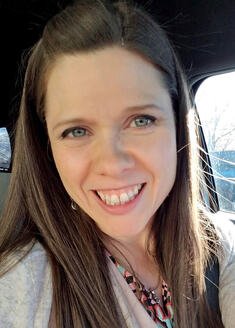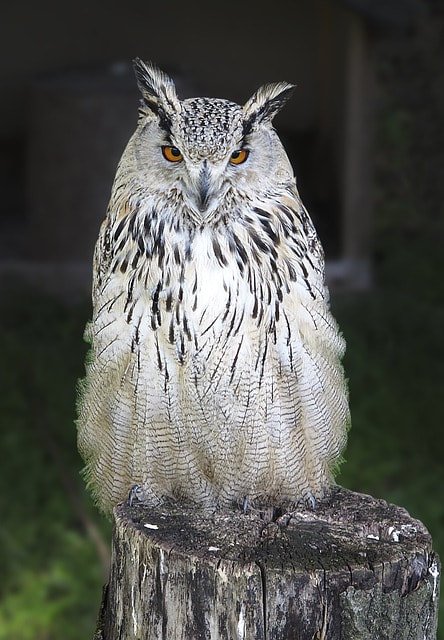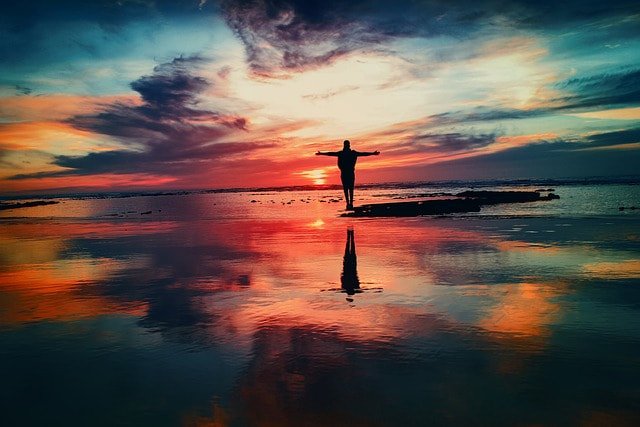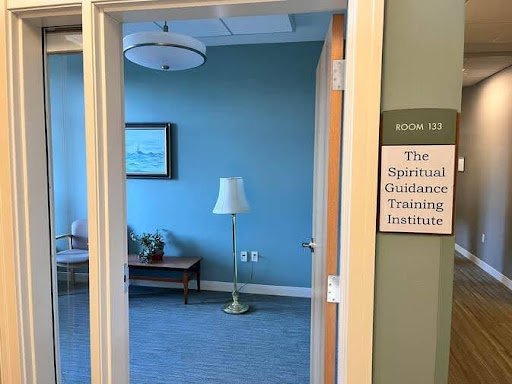Welcome to
The SGTI BLOG

“Turning,” An Ekphrastic Poem
Today we highlight a poem from an SGTI student. Thank you, AnnMarie, for sharing it with us.

V.U.C.A (Volatile, Unpredictable, Complex, Ambiguous)
Where does one turn when our assumptions of who we are based on the environment we once knew and relied upon is gone?

A Reflection: Interspiritual Luminary with Cindy S. Lee
How will we white bodied spiritual directors and trainees practice mutual liberation in these devastating times – with individual seekers, and groups?

I’ve Got Time for You
Clients within a spiritual guidance relationship thrive through safe and brave spaces that nurture interconnection, humanity, love, and abundance.

A Celebration and Sending Forth
The ritual of the sending forth ceremony serves as a reflection on and celebration of our shared experiences together, insights gained, and personal and communal healing.

Compassionate Sacred Activism, Mass Violence and Trauma, Part IV
Truly, as spiritual directors, we hold space for many to reflect, listen, speak, and rehearse engagement with the deep Sacred in our lives.

Compassionate Sacred Activism, Mass Violence and Trauma, Part III
By our own groundedness and warm heartedness, we meet another in their humanity.

Compassionate Sacred Activism, Mass Violence and Trauma, Part II
Mystics, scientists, and practitioners agree that contemplative practices support compassionate sacred activism and engagement.

Compassionate Sacred Activism, Mass Violence and Trauma, Part I
When lives are on the line, we believe there is more for the spiritual companion to do than asking our clients questions.

Introducing New Faculty Member
We welcome you to get to know SGTI’s Rev. Dr. John Chang-Yee Lee.

Mindful Nature Experience To Work With And Through Fear
This mindful nature experience is an exploration, a practice, a process that is intended to be used before, during, and/or after noticing feelings of anxiety and fear of any size.

Mourning Doves and a Cooper’s Hawk in the City
Announcing our new Outdoor Companionship, a new (virtual) training program!

Introducing SGTI's Newest Faculty Member
We welcome Kristina Stone Kaiser to the SGTI staff. Today she shares a bit about who she is with us.

Ecological Identity
During those eight days, and beyond, I was attempting to cultivate what felt to me like a real relationship with the owls

Forest Bathing in the Blue Ridge Mountains
Last month, I had one of the best weeks of my life on an “SDI Journey” which took place in the Blue Ridge Mountains of North Carolina.

True Compassion
Our faith traditions tell us we are supposed to be patient, kind, and generous, but sometimes that’s just plain hard to do. Life is challenging.

Invitation to Slowness, Gentleness, and Self-Compassion
When I muster the courage to explore the intimacy of the inner dark night of my soul, I feel more brave to pursue intimacy with the external world, including with distant and proximate relations as well as with the natural environment.

Happy New Year from SGTI!
We offer you this meditation from the mystic, Howard Thurman as you embrace all that will come in 2023.

A New Cohort Begins
We are challenged, encouraged, and inspired by the care, respect, and love that each new student brings to the cohort. We are ever grateful for this incredible group as they continue in the tradition of spiritual companionship as old as humanity.

Introducing SGTI's New Intern
Join us as Tejai shares a bit of her story with us.

